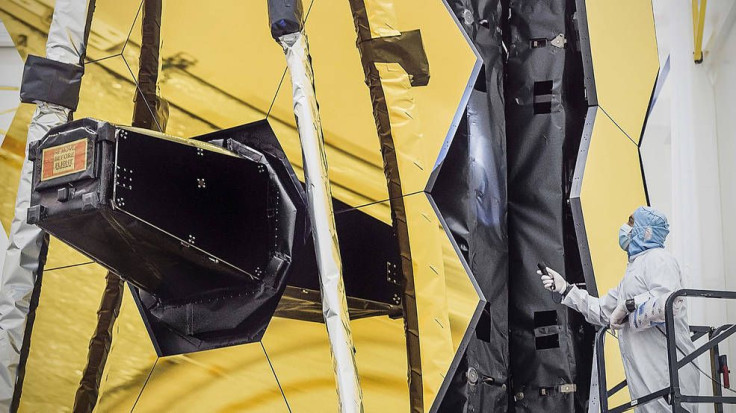James Webb Space Telescope Spinoff Tech Aids LASIK Eye Procedures

NASA’s space projects do not just give astronomers a better understanding of the world beyond earth. These also provide practical benefits, such as improving human health. Such is the case of the technology used in the development of the James Webb Space Telescope.
The Webb space telescope is anticipated to offer an unprecedented view of the universe, but the optic technology used in the development of the observatory is now being used by eye doctors to improve their patients’ eyesight.
The telescope features a large primary mirror designed to collect infrared light. Developing the mirrors required multiple cycles of measuring, grinding, polishing and testing, so NASA came up with a technique known as Infrared Scanning Shack Hartmann System to expedite the process.
The technology allows NASA team members to capture and analyze an image of the entire mirror surface, which then facilitates the analyses of the 18 individual mirror segments that make up Webb’s 21.3-foot primary mirror.
NASA said that this technology is now being used in eye surgery. The U.S. space agency said the technology was fine-tuned to have practical uses on earth and is now known as the iDESIGN system in eye surgery.
iDESIGN, which was created by Johnson & Johnson, helps create a high-definition map of a person’s eyes that can help guide doctors performing LASIK surgery, a procedure that uses a laser to reshape the cornea of the eye to treat nearsightedness, astigmatism, and farsightedness.
Ophthalmologist Eric Donnenfeld, from Garden City, New York, has already used iDESIGN for 10,000 LASIK procedures he performed on his patients over the past five years. He said that compared to the previous generations of eye-mapping technology, the system provides doctors with five times more data points for mapping the irregularities and aberrations in a patient’s eyes.
Ophthalmologist Blake Williamson, from Baton Rouge, Louisiana, also has praise for iDESIGN, saying it has transformative impacts on patients.
“Seeing the many technology spinoffs and advancements that help society and also help create and sustain jobs across our country has been one of the really rewarding parts of working on the optics for Webb,” Webb’s optical telescope element manager Lee Feinberg said.
The James Webb Space Telescope is set to be the successor to the Hubble Space Telescope. It is scheduled for launch in 2021.
© Copyright IBTimes 2024. All rights reserved.





















